10 Health Benefits of Low Carb Sourdough Discard
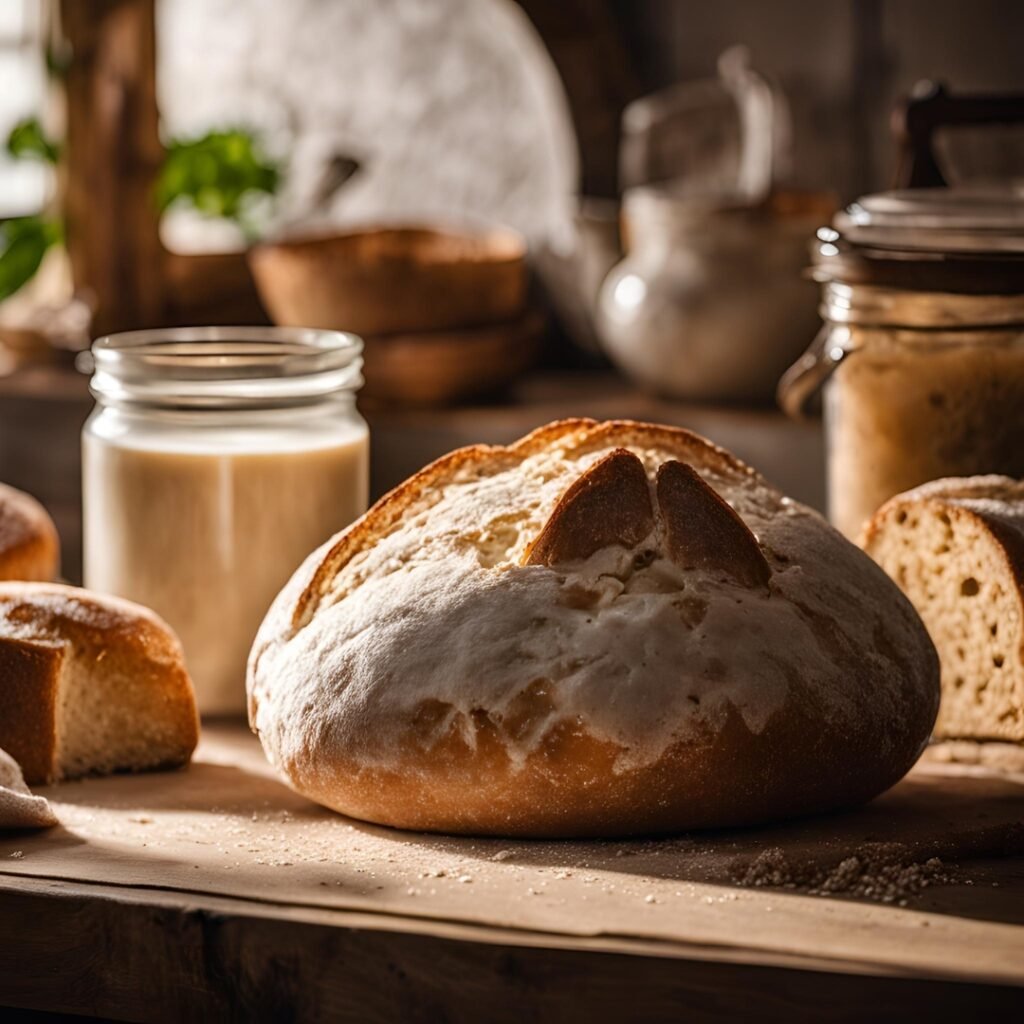
Low carb sourdough discard might seem like something you’d normally throw away, but did you know that it can actually offer a range of health benefits? Instead of tossing it out, consider how this often-overlooked part of the sourdough-making process can support your health in surprising ways. Whether you’re looking to improve digestion, boost your gut health, or regulate blood sugar, low carb sourdough discard can be a game-changer. In this article, we’ll dive into 10 health benefits of low carb sourdough discard and show you how to incorporate it into your daily routine for better overall wellness.
What is Sourdough Discard?
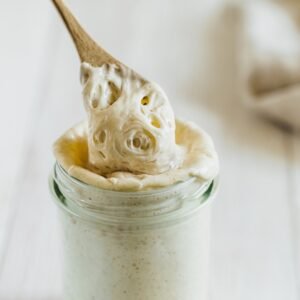
Sourdough discard is not just a culinary byproduct but also a product of biological processes that occur within the sourdough starter. To understand why sourdough discard exists and its potential uses, it helps to delve into the science behind sourdough fermentation and its microbial activity.
1. Microbial Communities in Sourdough Starter
A sourdough starter is a living ecosystem of wild lactic acid bacteria (LAB) and wild yeast. These microbes work symbiotically to ferment the flour, breaking down the starches and sugars into simpler compounds. The wild yeast(typically Saccharomyces cerevisiae and other species) ferments sugars into carbon dioxide (CO2), causing the dough to rise. The lactic acid bacteria (such as Lactobacillus species) convert sugars into lactic acid and acetic acid, which give sourdough its characteristic tangy flavor.
2. Why Discard is Necessary
When you maintain a sourdough starter, the goal is to create a balanced, active culture of microbes. However, as the starter sits and ferments, the microbial population grows. If you don’t discard part of it, the starter can become too large, which can lead to several issues:
- Acid Build-up: Over time, the lactic acid and acetic acid produced by the bacteria will lower the pH of the starter, making it more acidic. Too much acidity can hinder yeast activity, causing the starter to become sluggish.
- Nutrient Depletion: The yeast and bacteria feed on the flour’s starches and sugars. As the starter is fed over time, it uses up these nutrients. If you don’t remove part of the starter, there won’t be enough fresh food for the microbes, which can lead to a less active and less healthy starter.
- Balance of Microorganisms: Regular discarding helps maintain a good balance between the yeast and the bacteria in the starter. If the starter becomes too large and the feeding ratio is off, one group of microbes might outcompete the other, leading to a less desirable fermentation profile.
3. Fermentation and pH
Fermentation is the conversion of carbohydrates (sugars) into alcohols and acids, driven by the action of yeast and bacteria. In sourdough, this process is both aerobic (involving yeast, which produces CO2) and anaerobic (involving lactic acid bacteria, which produce acids). The pH of the starter drops as fermentation progresses, becoming more acidic. Discarding a portion of the starter ensures that the pH doesn’t fall too low, keeping the yeast and bacteria active and well-balanced.
4. Types of Bacteria and Yeast
- Lactic Acid Bacteria: These bacteria, including Lactobacillus and Pediococcus species, thrive in the acidic environment of sourdough starter. They produce lactic acid and acetic acid, which contribute to both the tangy flavor of sourdough and its preservation (the acidity helps protect the starter from spoilage).
- Wild Yeast: Wild yeast in sourdough starter, like Saccharomyces cerevisiae, ferments the sugars in the flour to produce carbon dioxide, causing the dough to rise. Wild yeasts are slower and more variable than commercial baker’s yeast, contributing to the unique flavor profiles in sourdough.
5. What Happens When You Discard?
When you discard part of your starter, you’re not just getting rid of flour and water; you’re removing a portion of the microbes as well. This helps control the population of bacteria and yeast, preventing the starter from becoming too acidic or too large. By discarding regularly and feeding the remaining starter with fresh flour and water, you provide the yeast and bacteria with a steady source of food and maintain a healthy microbial balance.
Interestingly, sourdough discard can still be used in baking because it contains both the wild yeast and lactic acid bacteria, which contribute to flavor development. Even though the discarded portion may not rise dough the same way as the “active” starter, its acidity and flavor are still valuable in certain recipes.
6. Benefits of Using Sourdough Discard
While discarding part of your starter may seem wasteful, sourdough discard is full of fermented compounds that can add a unique, complex flavor to baked goods. Some of the benefits of using discard include:
- Tangy Flavor: The acids in the discard (lactic acid and acetic acid) provide a natural tanginess to baked goods.
- Texture and Structure: The proteins and enzymes in the discard can enhance the texture and structure of doughs, contributing to a more desirable crumb in pancakes, waffles, or pizza crust.
- Lower Glycemic Index: The fermentation process in the starter breaks down starches, making baked goods made with sourdough discard easier to digest and potentially lowering their glycemic index.
- Reduced Waste: Using discard in recipes allows you to avoid throwing away a perfectly usable, flavorful ingredient and reduce food waste.
7. Possible Uses for Sourdough Discard
Sourdough discard can be used in a variety of recipes, both savory and sweet. Some common uses include:
- Sourdough pancakes or waffles: The discard gives these dishes a light, tangy flavor while also contributing to a tender texture.
- Sourdough crackers: A great way to use discard as it can add crunch and flavor to crackers, often with the addition of herbs or spices.
- Sourdough bread (in combination with active starter): Some bakers incorporate discard into the dough to add flavor depth, although it is typically not the primary leavening agent in bread recipes.
- Pizza dough: The discard’s tangy flavor can elevate pizza dough, making it more complex and interesting.
What is Low Carb Sourdough Discard?
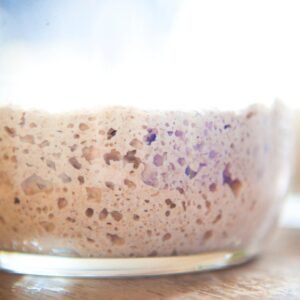
Low-carb sourdough discard is essentially the same as traditional sourdough discard, with one key difference: the ingredients used to feed it. Instead of the usual high-carb flour, low-carb ingredients are used to nourish the starter, keeping the discard low in carbohydrates. This makes it perfect for incorporating into low-carb sourdough recipes, allowing you to enjoy the distinctive flavor and texture of sourdough without the extra carbs.
1. Rich in Probiotics: A Gut Health Booster

Sourdough discard is teeming with beneficial bacteria, thanks to the fermentation process. The wild yeasts and lactobacilli present in sourdough starters ferment the flour, creating probiotics that can support your gut health. Probiotics are beneficial microorganisms that help maintain a healthy gut flora, which is essential for digestion, immune function, and overall well-being.
Why it matters:
- Probiotics help balance your gut bacteria, leading to improved digestion and nutrient absorption.
- Studies suggest that a healthy gut microbiome may positively affect mood, immune response, and even skin health.
How to use it:
Add sourdough discard to smoothies, pancakes, or muffins to benefit from its probiotic content. If you’re making sourdough bread, you’re already benefiting from its fermentation properties!
2. Low Glycemic Index: Helps Stabilize Blood Sugar

One of the key health benefits of sourdough discard is its low glycemic index (GI). The long fermentation process reduces the bread’s glycemic impact, making it a better choice for people with diabetes or those trying to manage blood sugar levels. The sourdough’s naturally occurring acids slow the breakdown of carbohydrates, which helps maintain stable blood sugar levels after eating.
Why it matters:
- Foods with a low glycemic index are digested more slowly, leading to more stable blood sugar levels.
- This can be especially beneficial for individuals managing diabetes, insulin resistance, or weight management.
How to use it:
Use sourdough discard to make low-glycemic pancakes, waffles, buns, bread or bake other carb-conscious goods like pizza crusts or crackers.
3. High in Fiber: Promotes Healthy Digestion

Sourdough discard is also a great source of fiber, which plays a vital role in digestive health. Fiber is essential for maintaining regular bowel movements, preventing constipation, and supporting a healthy digestive system overall. Fiber also helps promote feelings of fullness, which can aid in weight management.
Why it matters:
- A high-fiber diet is linked to reduced risks of colon cancer, heart disease, and other chronic conditions.
- Fiber feeds the beneficial gut bacteria, fostering a healthier microbiome.
How to use it:
Add sourdough discard to your recipes for a fiber boost. You can mix it into baked goods like muffins, cookies, or bread, or even incorporate it into savory dishes like pancakes or flatbreads.
4. Supports Weight Management: Keeps You Full Longer

Sourdough discard can contribute to weight management due to its high fiber and protein content. Both fiber and protein are well-known for their ability to promote satiety (the feeling of fullness), helping prevent overeating or snacking between meals. Additionally, sourdough’s low glycemic index ensures that blood sugar levels stay stable, which can curb cravings.
Why it matters:
- Protein and fiber help control hunger and regulate appetite.
- A diet that promotes satiety can help with long-term weight loss or weight maintenance.
How to use it:
Try adding sourdough discard to low-calorie, high-protein meals like protein pancakes, low-carb bread.
5. Rich in Antioxidants: Fights Free Radical Damage

Fermented foods like sourdough discard are rich in antioxidants, which help combat oxidative stress and neutralize free radicals in the body. Free radicals are unstable molecules that can damage cells, contributing to aging and the development of chronic diseases. By incorporating antioxidant-rich foods like sourdough discard into your diet, you help protect your cells from oxidative damage.
Why it matters:
- Antioxidants play a crucial role in reducing the risk of chronic diseases, including cardiovascular disease, cancer, and neurodegenerative diseases.
- A diet high in antioxidants supports longevity and skin health.
How to use it:
Add sourdough discard to antioxidant-packed recipes like whole grain bread or savory baked goods made with ingredients like spinach, berries, or dark chocolate.
6. Gluten Reduction: Easier on Digestion
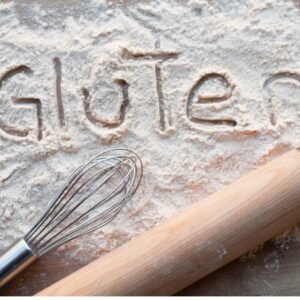
Sourdough discard is often easier to digest than other types of bread. While it still contains gluten, the fermentation process helps break down gluten proteins, making them easier to tolerate for some people with mild gluten sensitivities. The naturally occurring acids in the sourdough starter also help break down other anti-nutrients, such as phytic acid, which can interfere with mineral absorption.
Why it matters:
- While sourdough is not gluten-free, the fermentation process reduces gluten content and makes it easier for some people to digest.
- This makes sourdough bread a good choice for individuals with mild gluten sensitivity or those who experience bloating with other forms of bread.
How to use it:
If you’re sensitive to gluten, experiment with sourdough discard in gluten-reduced recipes such as gluten-light bread, crackers, or pizza crusts.
7. Packed with B Vitamins: Supports Energy Metabolism

During fermentation, B vitamins are produced in abundance, particularly B1 (thiamine), B2 (riboflavin), and B6 (pyridoxine). These vitamins are essential for converting food into energy, supporting brain function, and boosting metabolism. Consuming sourdough discard can help you meet your daily B-vitamin requirements and support overall energy levels.
Why it matters:
- B vitamins are vital for maintaining energy levels and a healthy metabolism.
- They also support cognitive function, mood regulation, and a healthy nervous system.
How to use it:
Use sourdough discard to create B-vitamin-rich meals like whole-grain bread, pancakes, or savory baked goods.
8. Improves Mineral Absorption: Aids in Nutrient Uptake

Sourdough discard contains organic acids that help improve the absorption of essential minerals like iron, calcium, and magnesium. These acids bind to minerals and make them more bioavailable, ensuring your body can absorb them more efficiently.
Why it matters:
- Improved mineral absorption supports bone health, muscle function, and overall vitality.
- This is particularly important for people who may have deficiencies in these vital minerals.
How to use it:
Add sourdough discard to recipes that incorporate nutrient-dense ingredients, such as leafy greens, beans, or seeds, to further enhance mineral absorption.
9. Supports Heart Health: Cardiovascular Benefits

Sourdough discard can be beneficial for heart health, thanks to its high fiber content, probiotics, and antioxidant properties. The fermentation process increases the bioavailability of nutrients that support heart health, including magnesium and potassium. Additionally, the fiber in sourdough helps lower LDL (bad) cholesterol and reduce the risk of heart disease.
Why it matters:
- A diet rich in fiber, antioxidants, and probiotics supports healthy cholesterol levels, blood pressure, and heart function.
- Fermented foods like sourdough have been linked to reduced inflammation, which is a key factor in heart disease.
How to use it:
Incorporate sourdough discard into heart-healthy recipes, such as whole-grain sourdough bread, muffins, or crackers.
10. Anti-Inflammatory: Reduces Inflammation in the Body

Chronic inflammation is at the root of many diseases, including arthritis, heart disease, and even some cancers. The anti-inflammatory compounds found in sourdough discard, particularly from its probiotic content, can help combat this inflammation. Probiotics support the immune system and can reduce the body’s inflammatory response to stress.
Why it matters:
- Reducing inflammation helps prevent chronic diseases and promotes overall health and vitality.
- Probiotics and fermented foods help balance the immune system, keeping it functioning optimally.
How to use it:
Add sourdough discard to recipes like gut-healing smoothies, probiotic-rich bread, or savory muffins to help fight inflammation naturally.
FYI: SOURDOUGH MEDICAL STUDIES AND REVIEWS:
Here they are:
- Does Sourdough Bread Provide Clinically Relevant Health Benefits?: Link: https://pmc.ncbi.nlm.nih.gov/articles/PMC10399781/
- The Sourdough Microbiome : Link: https://asm.org/articles/2020/june/the-sourdough-microbiome
- Sourdough Microbiome Comparison and Benefits: Link: https://pmc.ncbi.nlm.nih.gov/articles/PMC8306212/
- Nutritional Benefits of Sourdough; Systematic Review : Link: https://pubmed.ncbi.nlm.nih.gov/36811591/
- Use of sourdough in low FODMAP baking : Link: https://pubmed.ncbi.nlm.nih.gov/29932101/
Disclaimer:
All information provided on this website regarding the health benefits of sourdough low carb bread is intended for educational purposes only. The content presented is not meant to be taken as specific medical advice for any individual. It should not be considered a replacement for professional medical guidance or treatment. If you have any health concerns, especially related to diabetes, pre-diabetes, or any other medical condition, please consult with a healthcare professional immediately.
Introducing Sinless Sourdough “Starter + Membership” and “Global Heritage Collection”

Stop sacrificing flavor for your health goals – our authentic heritage sourdough starters have been specially adapted for low-carb baking
Sinless Sourdough™ Starter + Membership Includes:
Limited Time Offer: 82% OFF – Only $19.99 Today (Regular Price: $113)
- Authentic Heritage Starter shipped directly to your door
- Complete Video Training Library showing you step-by-step how to create:
- Artisan boules and batards with delicious crispy crust and soft interior
- Crisp French baguettes for the dinner table or as crostini
- Chewy Montreal-style bagels that won’t spike your blood sugar
- German street pretzels with authentic alkaline crust
- Convenient everyday bread machine loaves for sandwiches
- Supportive Community of fellow low-carb bakers to share your journey
- Extensive Recipe Collection for using sourdough discard (nothing goes to waste!)
“After years of disappointing low-carb bread experiments, Sinless Sourdough changed everything. I’m enjoying real sourdough again without the carb guilt!” — Maria T.
“My family can’t tell the difference between these loaves and traditional bread. The starter is incredibly active and the results are amazing!” — James K.
🔥 CLAIM YOUR MEMBERSHIP NOW 🔥
Use code: Sinless82 at checkout Offer expires soon! Limited starter batches available
82% OFF TODAY FOR MEMBERSHIP
Sinless Sourdough™ Heritage Collection

Transform your low-carb baking with our Global Heritage Collection featuring unique starters from historic moments across continents. Each brings its own personality and flavor profile while maintaining excellent nutritional values—just 1g net carbs compared to 8-10g in traditional starters.
Choose from:
- 1849 San Francisco Gold Rush – Authentic California sourdough character
- 1898 Yukon Gold Rush – Subtle tanginess with notes of butter
- 1847 Oregon Trail – Rustic character with exceptional rise
- 1000-Year-Old Italian Monastery – Delicate complexity with ancient lineage
Each starter connects you to centuries of baking tradition while supporting your modern low-carb lifestyle. Our proprietary transformation process preserves their unique characteristics while adapting them for health-conscious baking.
When you purchase any Sinless Sourdough™ starter, you receive our comprehensive onboarding sequence teaching you exactly how to revive your dehydrated starter for perfect low-carb, high-protein results every time.
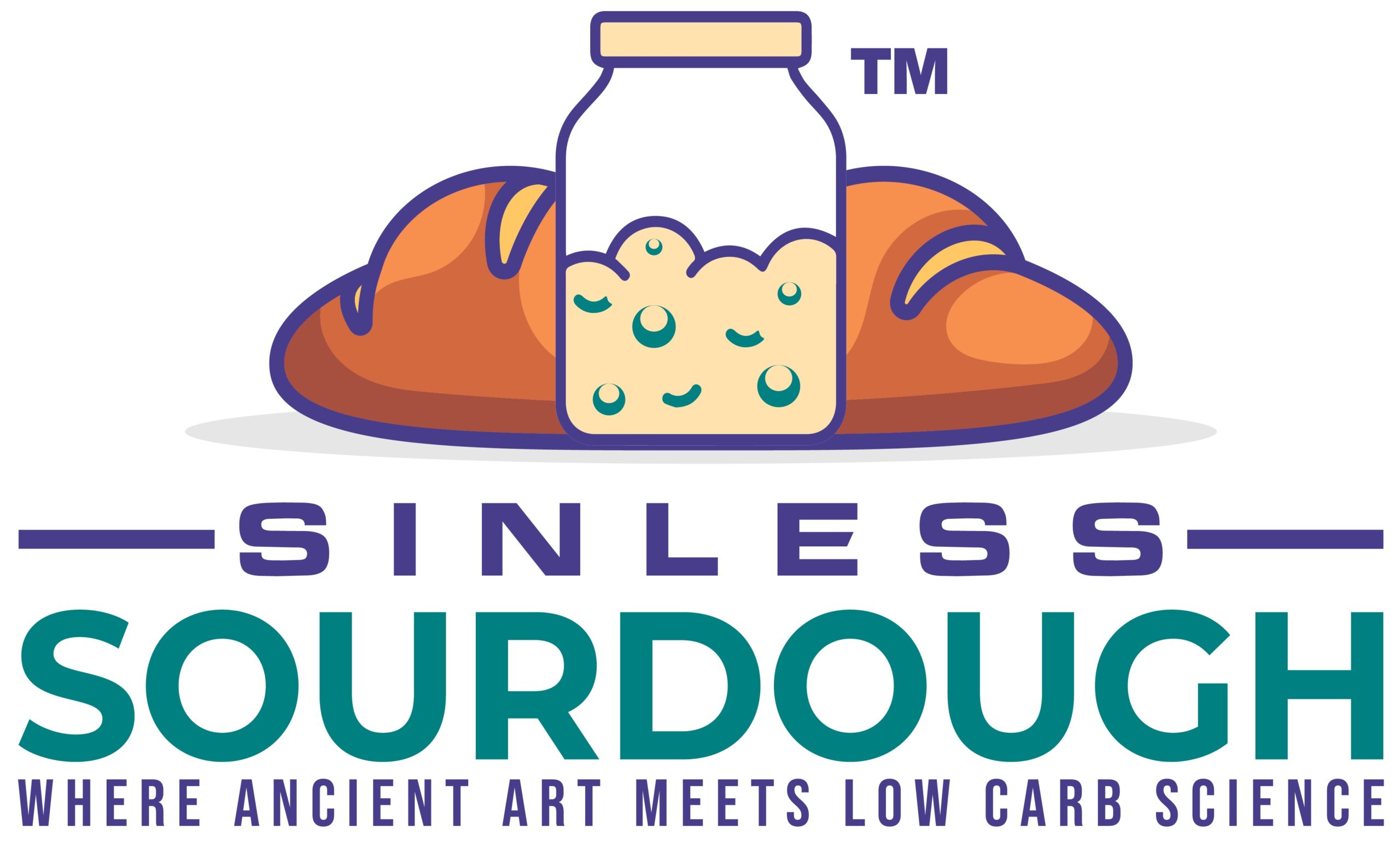




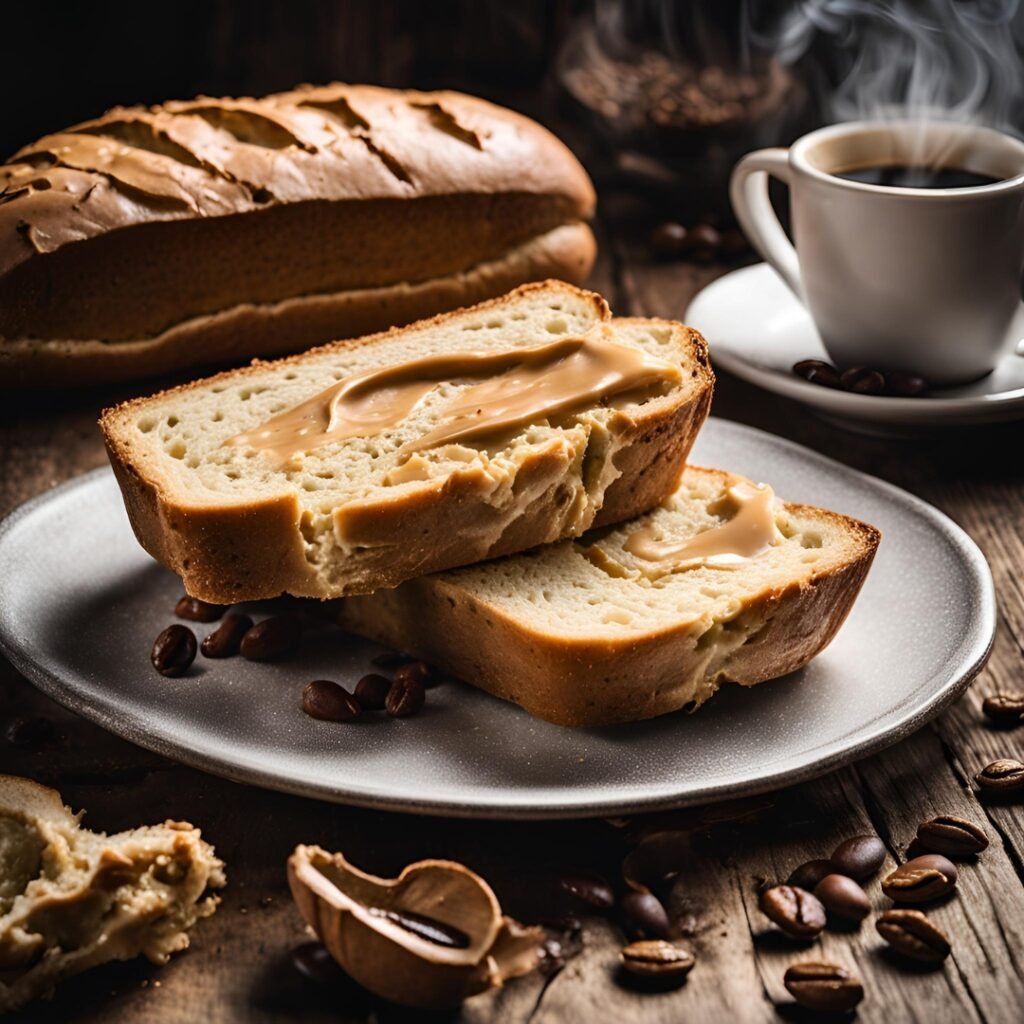
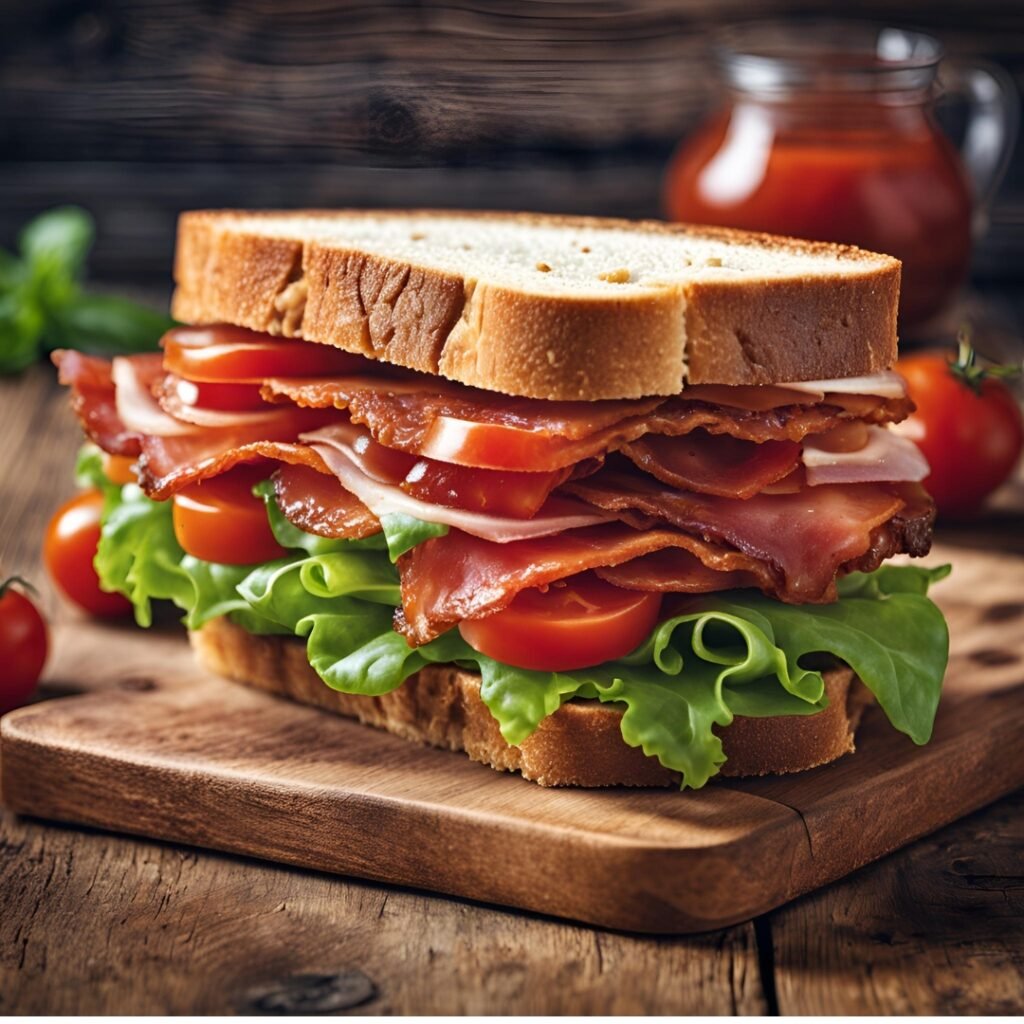
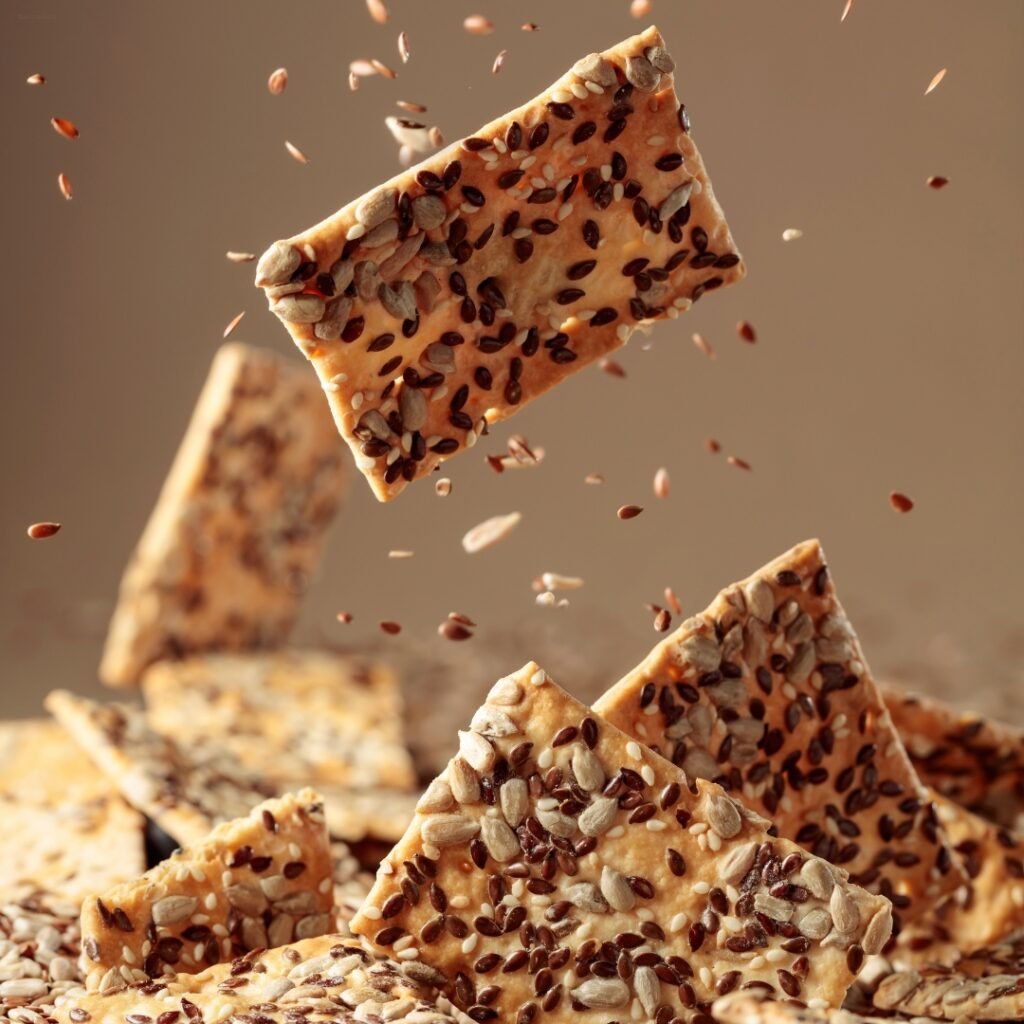
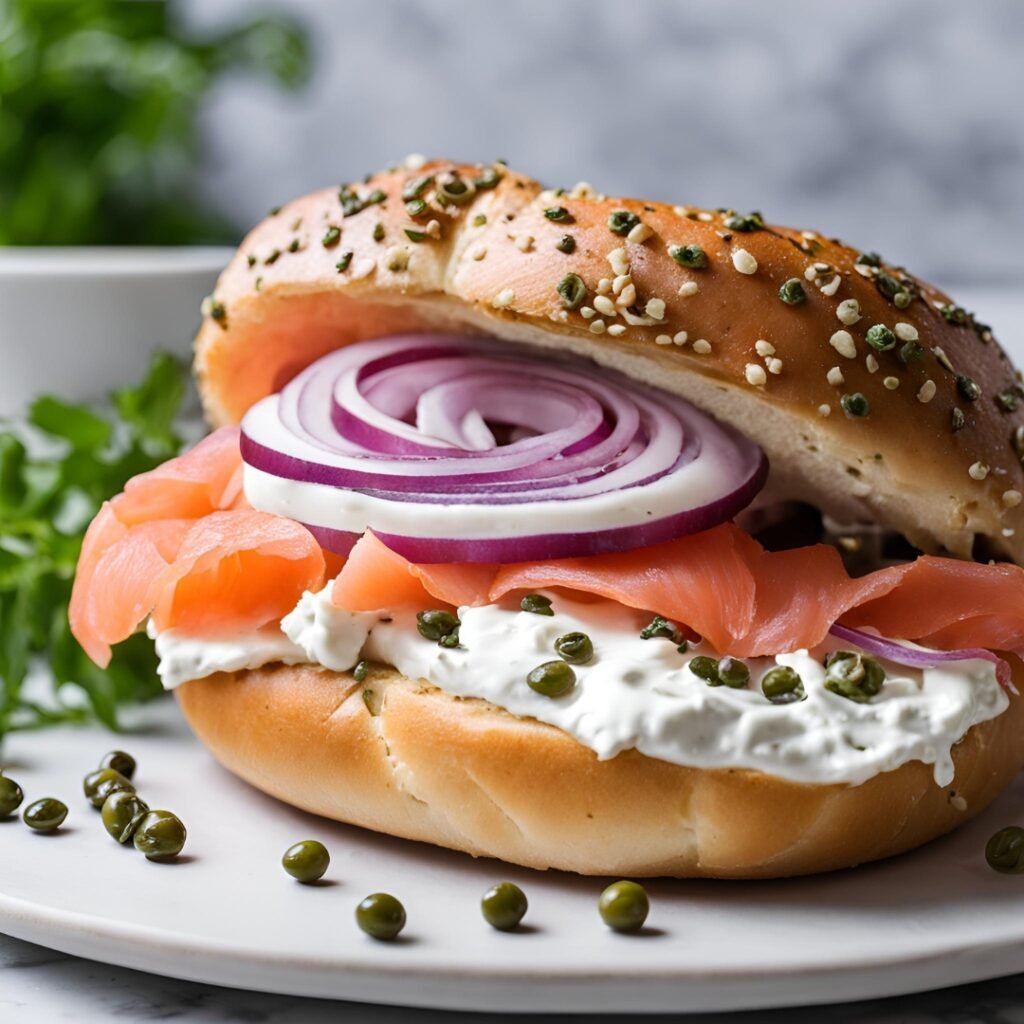
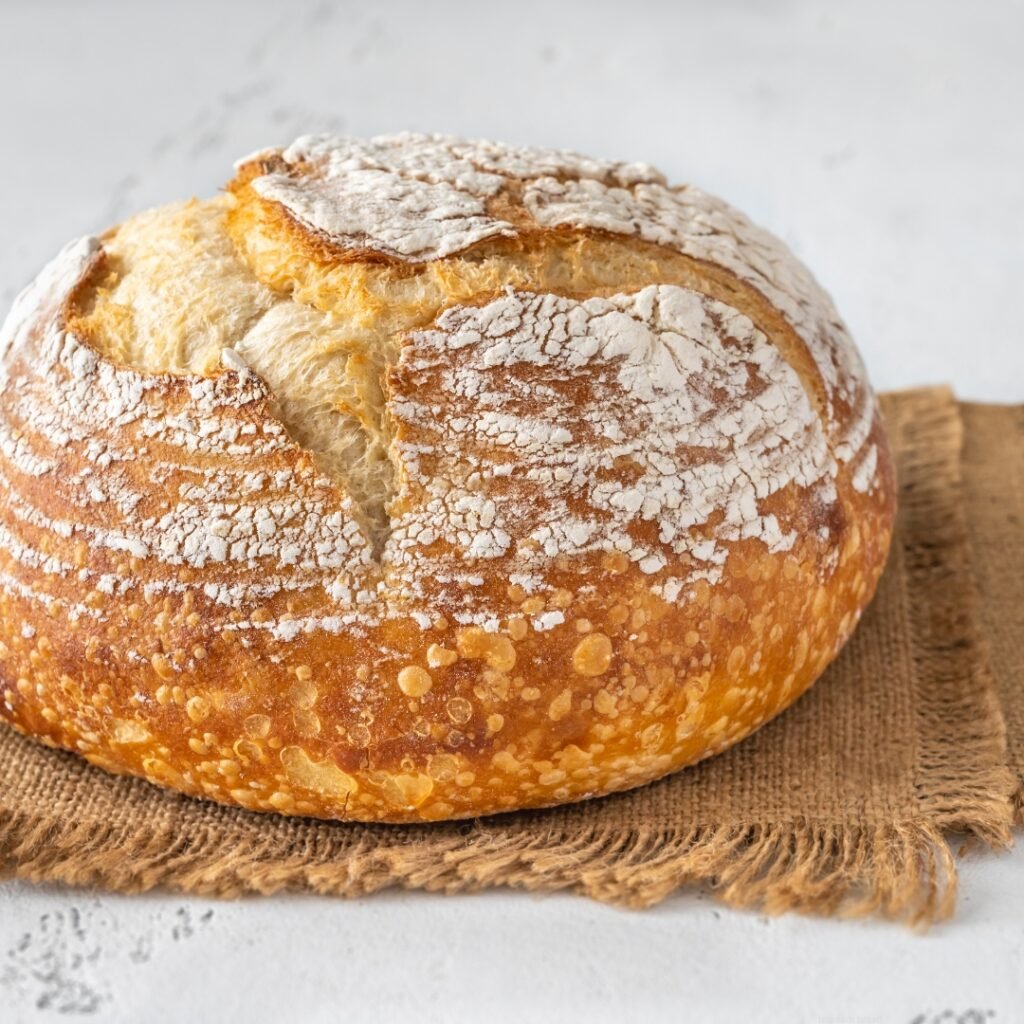

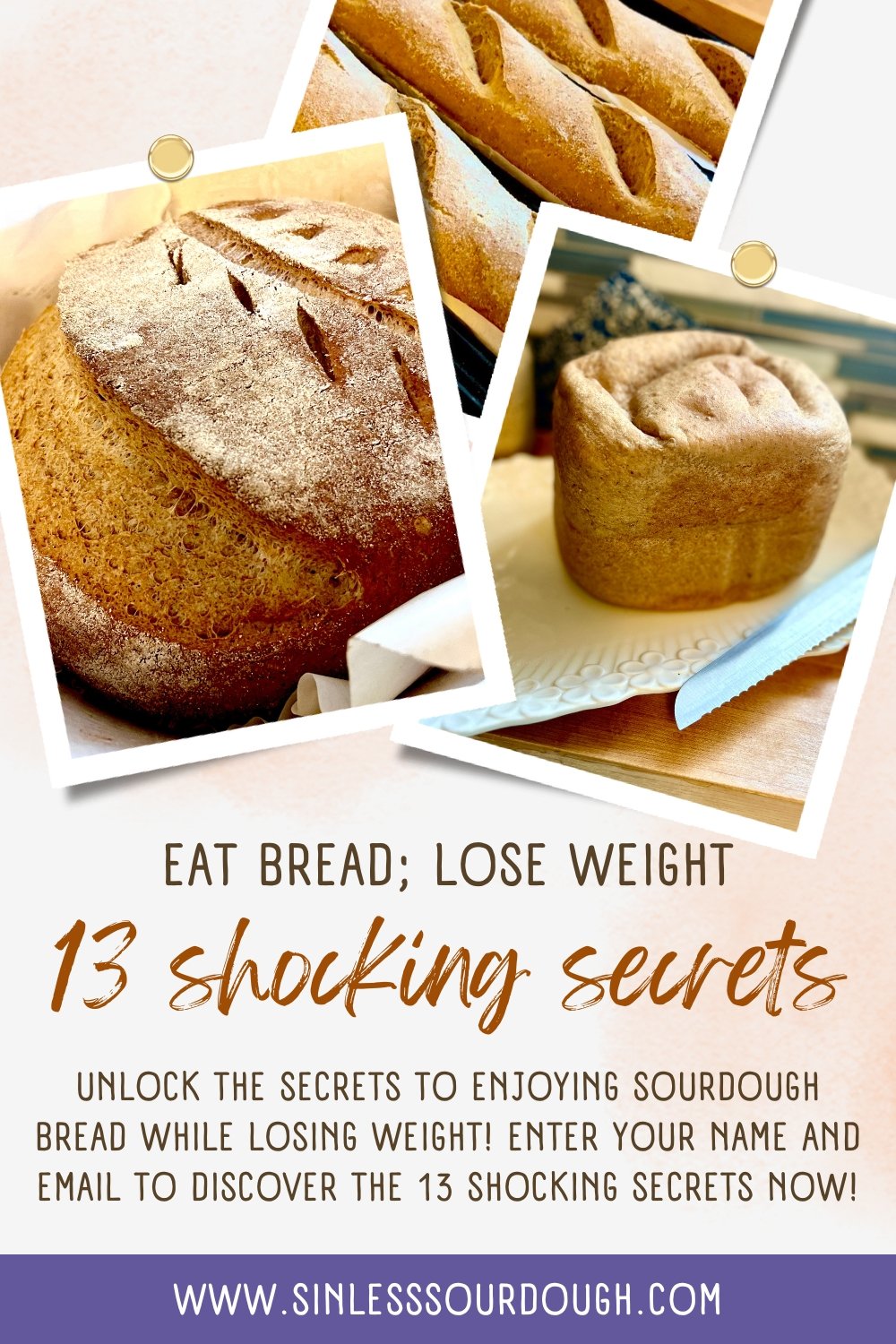
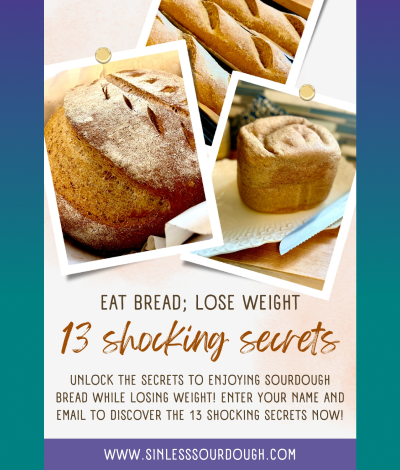
Responses